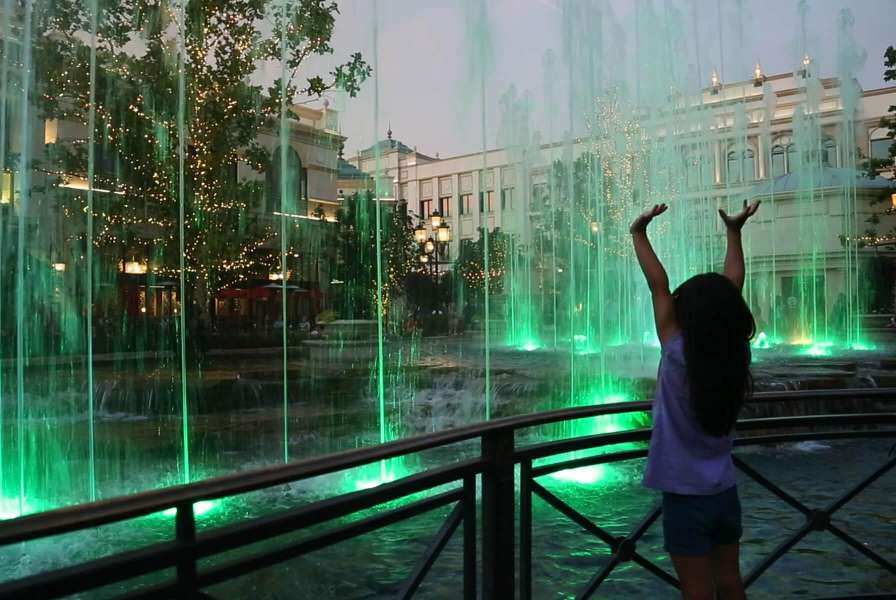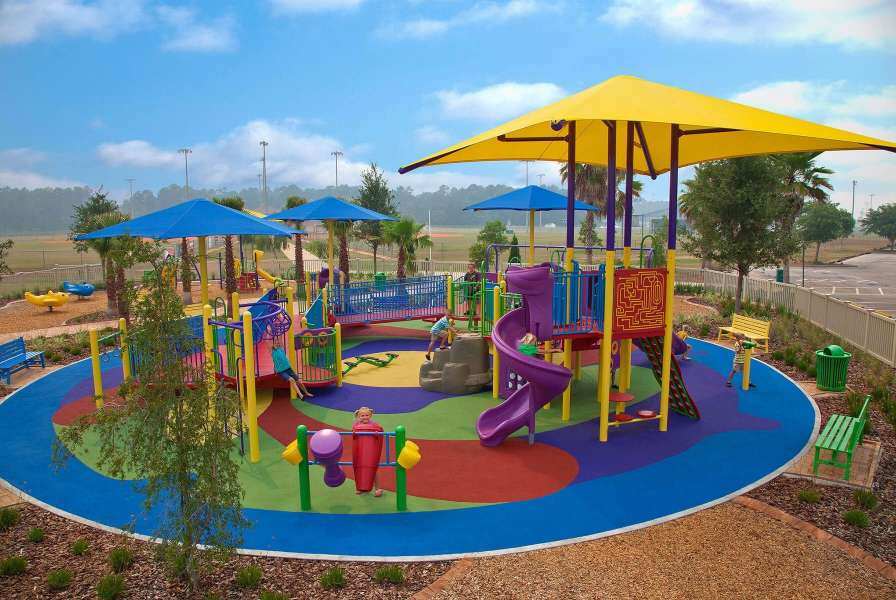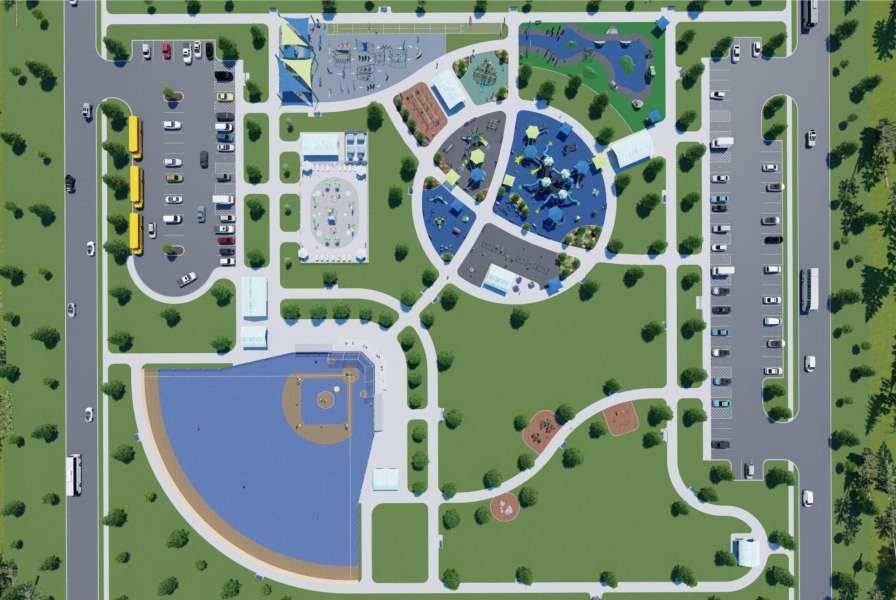When creating a nature space, one of the obvious, yet often overlooked, features to include is a water feature or fountain. While the installation takes good planning and design, the benefits that these elements bring to the space are rewarding and long-lasting.
Visual and Aural Enhancement
 Research has shown that the sound of water and nature has a restorative effect and can help facilitate recovery from psychological stress. In addition, if your nature space happens to be in an urban environment, the sound of water can help mask the noise of traffic and city life that distracts the visitor from the calming beauty of the space. There are a variety of fountain types to help facilitate this benefit, and there are several factors to consider when planning a fountain, as the sound can be influenced by the materials used, the size of the fountain, the height that the water falls from, and the number of surfaces used to catch the water. External ambient noise must also be taken into effect, the same fountain located near a freeway will sound completely different if located in a wooded area, so the acoustics of the setting must be evaluated as well.
Research has shown that the sound of water and nature has a restorative effect and can help facilitate recovery from psychological stress. In addition, if your nature space happens to be in an urban environment, the sound of water can help mask the noise of traffic and city life that distracts the visitor from the calming beauty of the space. There are a variety of fountain types to help facilitate this benefit, and there are several factors to consider when planning a fountain, as the sound can be influenced by the materials used, the size of the fountain, the height that the water falls from, and the number of surfaces used to catch the water. External ambient noise must also be taken into effect, the same fountain located near a freeway will sound completely different if located in a wooded area, so the acoustics of the setting must be evaluated as well.
Besides the beauty of the cascading water itself, fountains have lighting effects that can be used to enhance their beauty, and that of the surroundings, especially if the space is open after sunset.
Comfort and Gathering
Some fountains can help decrease the perception of heat in a space and, when coupled with shade trees, can create a cool oasis in a warm climate. Like sound, a fountain's potential to cool an area also depends upon ambient conditions. A fountain located in direct sun surrounded by concrete won't provide sufficient cooling effects in the way that one located in a shaded area, or on the north side of barriers will. Considering the location of trees, vegetation, and manmade barriers will help provide cooling as well as increase shade. Through the process of evaporation and dispersing the air, air flow or currents can also influence the cooling potential of fountains within a small area.
 Furthermore, as a main focal point or place of interest, a fountain offers a visible meeting space for friends and families to gather. A great example is the bowl-shaped fountain in Livermore, CA, that provides a circle of seating in close proximity to the fountain to provide cooling mist and a comfortable, beautiful vista. It is not unusual to see people gathered around the direct perimeter of a fountain, enjoying picnics, quiet time, or the company of others. Fountains can also be interactive, as with the William G Milliken Waterscape, located in Traverse City, MI, that allows family to not only observe, but play within several water flows and streams.
Furthermore, as a main focal point or place of interest, a fountain offers a visible meeting space for friends and families to gather. A great example is the bowl-shaped fountain in Livermore, CA, that provides a circle of seating in close proximity to the fountain to provide cooling mist and a comfortable, beautiful vista. It is not unusual to see people gathered around the direct perimeter of a fountain, enjoying picnics, quiet time, or the company of others. Fountains can also be interactive, as with the William G Milliken Waterscape, located in Traverse City, MI, that allows family to not only observe, but play within several water flows and streams.
Nature Enhancement
Other living creatures can be attracted to the feature as well and instead of a barren span of horizontal land, your space will become a haven for beneficial wildlife like birds and butterflies. Nature’s creatures can provide endless hours of entertainment and educational opportunities for families, while birds bring another pleasing sound to the landscape, further enhancing its calming properties.
In summary, fountains can help augment nature, create gathering spaces, attract people, have a calming effect, and be a beneficial contribution to a natural landscape.








